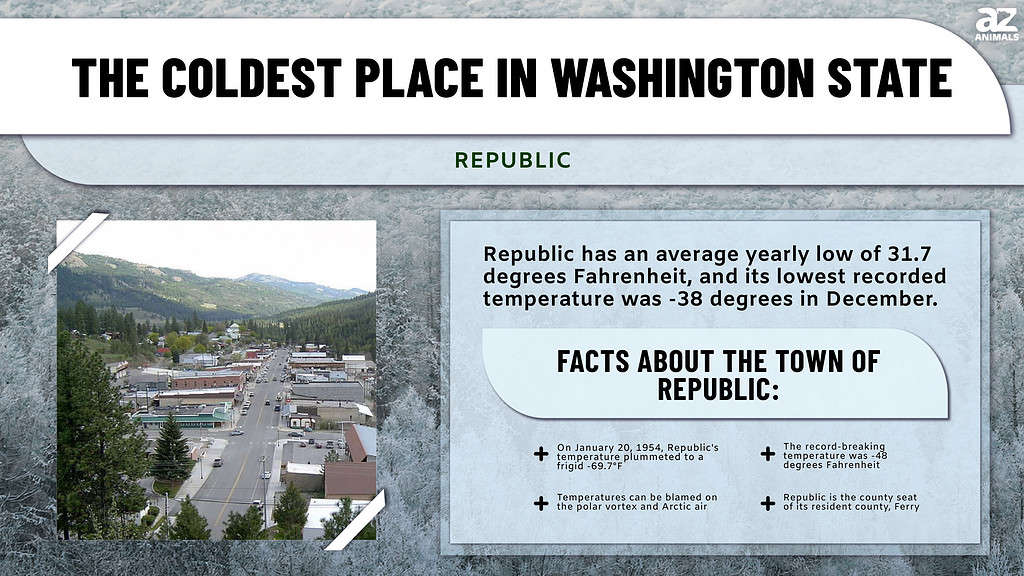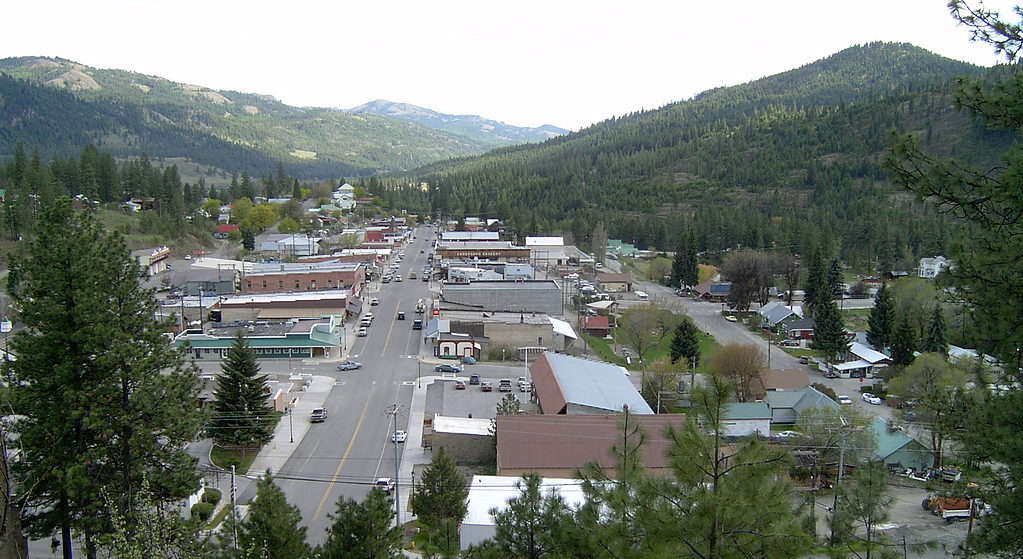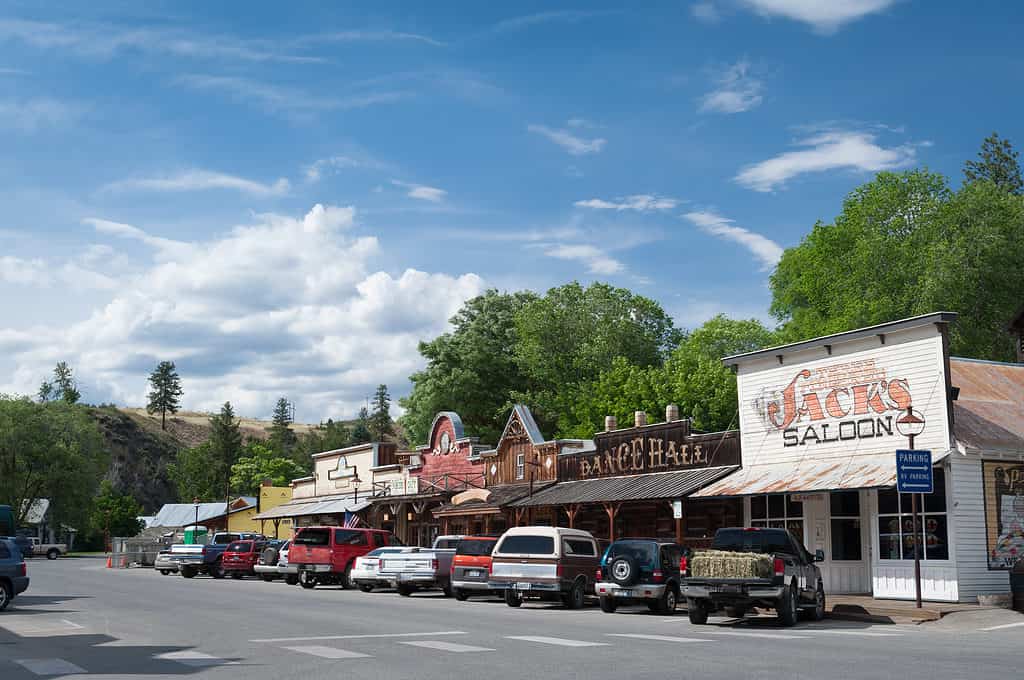
Have you ever wondered what the coldest place in Washington state is?
Known for its beautiful Pacific Northwest coasts, national forests, and rainy cities, Washington is a state founded on nature. This includes different temperatures and climates!
If you’re interested in learning more about the coldest areas in Washington, keep reading below!
Average Climate in Washington State
The Evergreen State, Washington state, is known for its cool, rainy atmosphere. Overall, the state has what is known as a temperate climate. However, this can vary depending on whether you’re looking into the western or eastern region.
The eastern region of Washington has a semi-arid climate. There’s little precipitation in this part of Washington, and it’s known for its hot summers and mild winters. However, the western region of Washington and the coastal areas have a completely different story.
Here, you can expect to find a cool oceanic climate. Also known as a maritime climate, this results in overall mild temperatures as the ocean helps regulate the temperature year-round.
However, the state’s northern positioning makes it more vulnerable to Arctic air than other southern states. As you’ll learn about further below, this can greatly impact the temperature in Washington!
Washington is also affected by the low-pressure and high-pressure systems found in the northern area of the Pacific Ocean and the inland features such as the mountains. This, paired with the prevailing winds, leaves an otherwise stable climate vulnerable to extreme variation.
What Is the Coldest Place in Washington State?
If you’ve ever watched Twilight, then you may know that Washington is an overall chilly, rainy state. However, do you know what the coldest place in Washington state is? Hint: It’s not Forks! Instead, the coldest town is Republic.
Republic experiences an average annual low of 31.7 degrees Fahrenheit. Its record low was −38 degrees in December.

Republic, Washington, is the coldest place in the state of Washington.
©Kevmin, CC BY-SA 4.0, via Wikimedia Commons – License
About Republic, Washington
Republic is the county seat of its resident county, Ferry. As of the 2010 census, it had a population of 1,073. This showed a major increase from the previous census, demonstrating that Republic is a budding little town despite being the coldest place in Washington state.
Outside of its frosty temperatures, Republic is known as both the largest mining camp in the Republic Mining District and as the home of Spokane and British Columbia railway, also known as the “Hot Air Line” railway.
Republic sits near the source of the Sanpoil River, a tributary of the Columbia River. Swan Lake is just a few miles south of this town, and despite its winter lows, it’s a popular lake for fishing and swimming come summer. You’ll also find the Colville National Forest here, which surrounds Republic.
Like many other towns on the West Coast of the United States, Republic was founded as a gold mining town in the late 1800s.
If you happen to visit the coldest place in Washington state, you’ll be greeted with a wide variety of animals. This includes bats, beavers, deer, and elk.
Animals in Republic, Washington
Northeastern Washington is a fascinating and diverse region that is home to a variety of animals. Visitors to the area should be aware of the potential for encounters with large predators like bears and mountain lions, but can also enjoy observing the area’s many unique and fascinating wildlife species.
Here are some of the animals that call this area home.
Black bears
Black bears are a common sight in the forests of northeastern Washington. These large predators can weigh up to 600 pounds and are omnivorous, meaning they eat both plants and animals. Visitors to the area are advised to take precautions when camping or hiking in bear country.
Mountain lions
Mountain lions, also known as cougars, are another large predator found in this area. These big cats can weigh up to 200 pounds and are known for their elusive nature. While sightings are rare, visitors to the area should be aware of the potential for encounters with these powerful predators.
Elk
Elk are a common sight in the forests and meadows of northeastern Washington. These large ungulates can weigh up to 700 pounds and are known for their distinctive bugling calls during the mating season. Visitors to the area may be able to observe elk in the wild or visit a local wildlife sanctuary to see them up close.
Moose
Moose is a rare but exciting sight in northeastern Washington. These massive animals can weigh up to 1,500 pounds and are known for their distinctive antlers. While sightings are uncommon, visitors to the area should keep an eye out for these majestic creatures in the forest and wetland areas.
Bald Eagles
Bald eagles are a common sight in the skies over northeastern Washington. These iconic birds of prey can be seen soaring over rivers and lakes, hunting for fish or carrion. Visitors to the area can observe bald eagles in the wild or visit a local wildlife sanctuary to see them up close.
Mule deer
Mule deer are a common sight in the forests and meadows of northeastern Washington. These large deer can weigh up to 300 pounds and are known for their distinctive ears. Visitors to the area may be able to observe mule deer in the wild or visit a local wildlife sanctuary to see them up close.

Close-up of a black bear showing massive and powerful paws.
©poppistock/Shutterstock.com
Coldest Temperature Recorded in Washington State
When it comes to the coldest temperatures recorded in Washington state, it’s actually a tie between two different towns: Winthrop and Mazama. These neighboring towns both broke the record on a cold winter’s day on December 30, 1968. The record-breaking temperature? -48 degrees Fahrenheit!
Winthrop is so cold year-round that you can see frost even in the summer. However, this still isn’t enough to shake Rebuplic from its spot as the coldest place in Washington state.

Winthrop, Washington, is tied for the coldest temperature ever recorded in the state of Washington.
©Pierrette Guertin/Shutterstock.com
What Caused These Cold Temperatures?
So, what exactly happened for Washington state to go cold in December 1968? While it’s normal for Washington to experience some low and even snowy temperatures, these record lows certainly weren’t part of the norm.
Instead, these temperatures can be blamed on the polar vortex and Arctic air in Canada.
The polar vortex is a permanent system of low temperature and pressure that exists around both the north and the south poles of the Earth. During the summer, you may not notice these pools of air. In fact, because they grow weaker in the summer, they rarely, if ever, make themselves known during the warmer months of the year.
However, during the winter, the polar vortex grows stronger. This can allow for it to grow and expand, thus letting the different air currents wrapping the planet move further south into the southern parts of Canada and the United States.
This is exactly what happened in the December of 1968. Thanks to the winter months being in full swing, the cold Arctic air in the northern parts of Canada was swept down into the northern United States. The entire month had been cold and snowy so far that year, but this new burst of frigid air caused the temperature to plummet.
The photo featured at the top of this post is © Kevmin, CC BY-SA 4.0, via Wikimedia Commons – License / Original
Sources
- University of Washington, Available here: https://climate.washington.edu/state-records/#:~:text=Warmest%20(annual)%3A%20Vancouver%20(average,min%20temperature%2014.4%C2%B0F).
Thank you for reading! Have some feedback for us? Contact the AZ Animals editorial team.






